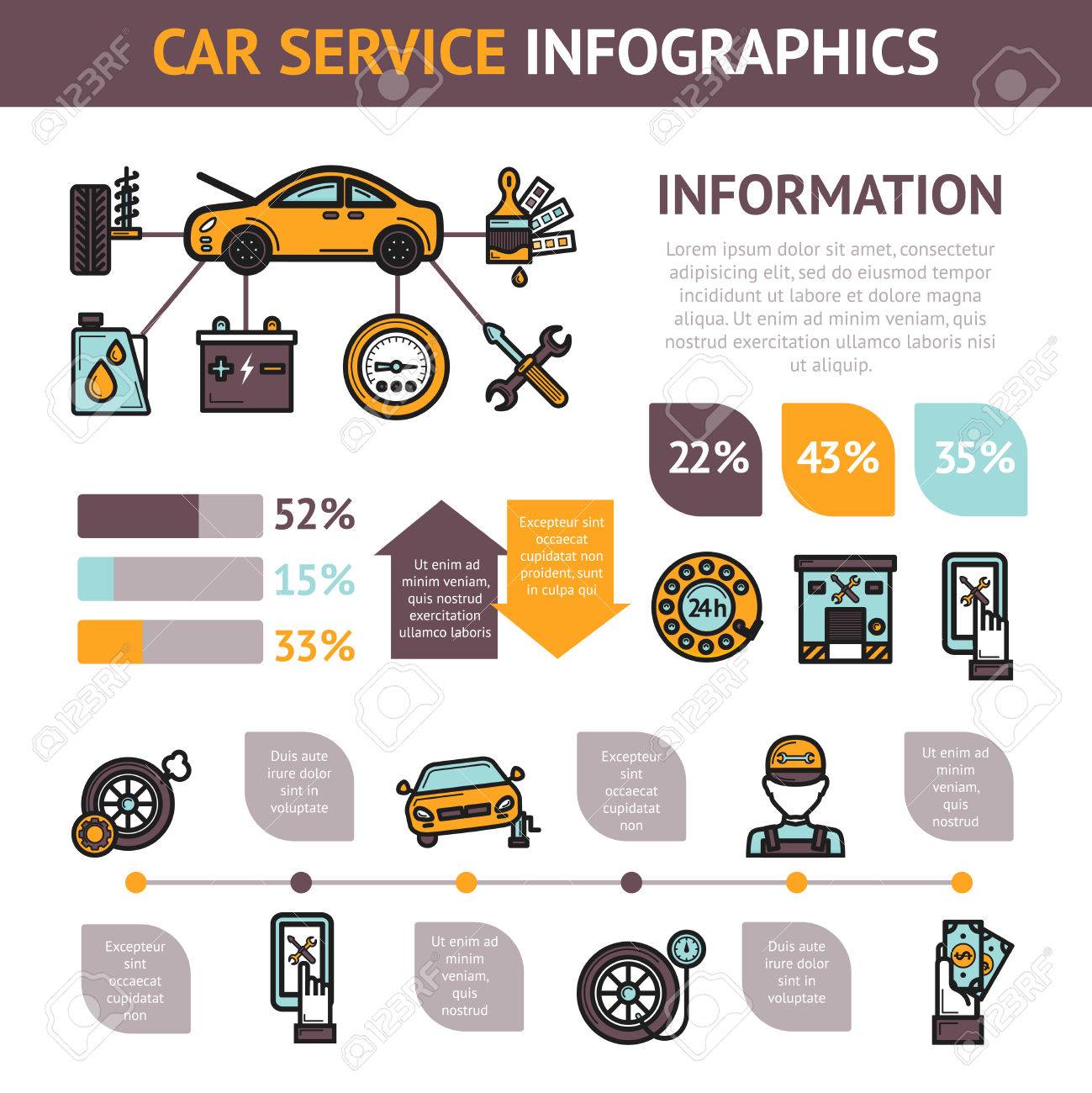Interpreting Your Automobile'S Alert Lighting: Their True Effects
Interpreting Your Automobile'S Alert Lighting: Their True Effects
Blog Article
Web Content Writer-Sykes Shepherd
When you're behind the wheel, those glowing warning lights on your dashboard can be a little bit complicated. Do you understand what they're attempting to tell you regarding your auto's health and wellness? Recognizing the relevance of these lights is essential for your safety and the longevity of your car. So, the following time among those lights turns up, would not you wish to understand its message properly and take the necessary steps to resolve it?
Common Caution Lights and Interpretations
Identify common warning lights in your cars and truck and comprehend their definitions to guarantee risk-free driving.
One of the most common caution lights consist of the check engine light, which signals issues with the engine or exhausts system. If this light begins, it's critical to have your car checked immediately.
The oil pressure warning light indicates low oil stress, requiring prompt interest to prevent engine damage.
A flashing battery light may suggest a damaged billing system, potentially leaving you stranded otherwise resolved.
The tire pressure monitoring system (TPMS) light informs you to reduced tire stress, influencing lorry security and fuel effectiveness. Ignoring this can bring about dangerous driving conditions.
The abdominal light indicates a problem with the anti-lock braking system, jeopardizing your capacity to stop promptly in emergencies.
Lastly, the coolant temperature level cautioning light warns of engine overheating, which can lead to severe damages otherwise fixed quickly.
Recognizing these common warning lights will aid you attend to concerns promptly and keep secure driving problems.
Significance of Prompt Interest
Understanding the usual warning lights in your vehicle is only the primary step; the importance of immediately resolving these cautions can not be emphasized enough to ensure your safety on the road.
When https://israelogxoe.sharebyblog.com/31100041/preparing-for-the-future-of-vehicle-repair-service-significant-fads-to-watch-on brightens on your dashboard, it's your automobile's method of connecting a prospective concern that requires focus. Neglecting these warnings can cause a lot more serious issues later on, endangering your safety and security and potentially costing you extra in repairs.
Motivate interest to warning lights can stop malfunctions and mishaps. For example, a flashing check engine light could show a misfire that, if left neglected, can cause damage to the catalytic converter. Resolving this promptly can save you from an expensive repair service.
Similarly, a brake system warning light could signal low brake fluid or used brake pads, vital components for your security when driving.
DIY Troubleshooting Tips
If you discover a caution light on your control panel, there are a few DIY fixing tips you can try prior to looking for specialist assistance.
The primary step is to consult your cars and truck's handbook to recognize what the specific caution light suggests. Occasionally the concern can be as basic as a loose gas cap triggering the check engine light. Tightening ad detailing might resolve the problem.
Another usual issue is a reduced battery, which can cause different cautioning lights. Examining the battery links for corrosion and guaranteeing they're safe might repair the trouble.
If a warning light persists, you can try resetting it by detaching the car's battery for a few minutes and then reconnecting it. Additionally, examining your car's liquid degrees, such as oil, coolant, and brake fluid, can aid fix warning lights connected to these systems.
Conclusion
In conclusion, comprehending your car's caution lights is crucial for keeping your automobile running smoothly and securely. By promptly addressing these alerts and understanding what they mean, you can prevent costly repair work and possible malfunctions.
Remember to consult your car's handbook for specific details on each cautioning light and do something about it accordingly to ensure a trouble-free driving experience.
Remain educated, stay risk-free when traveling!
